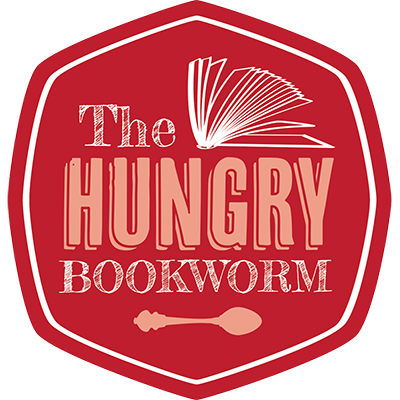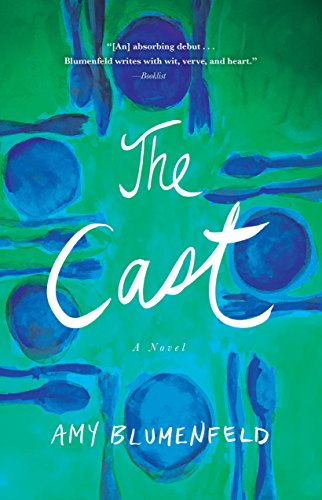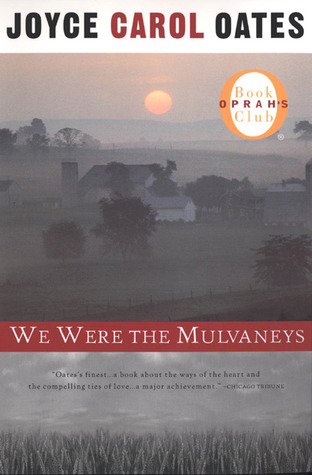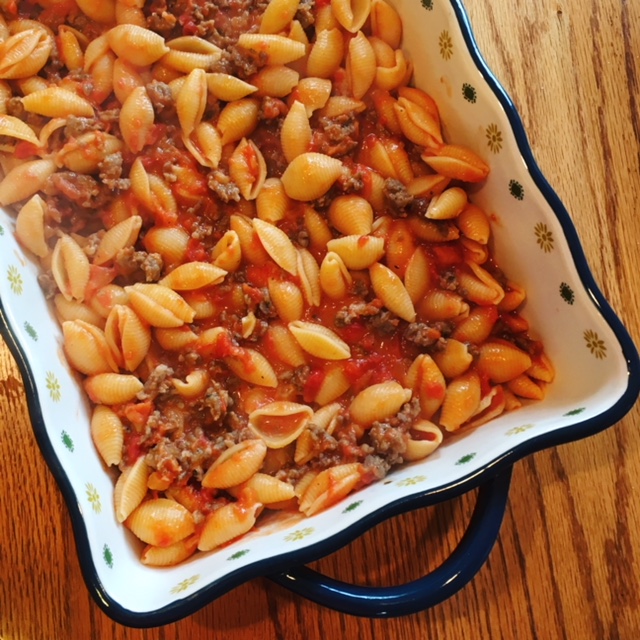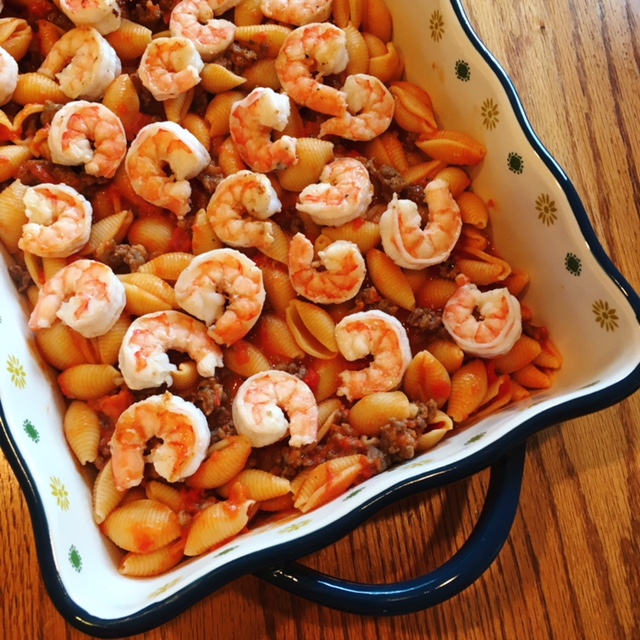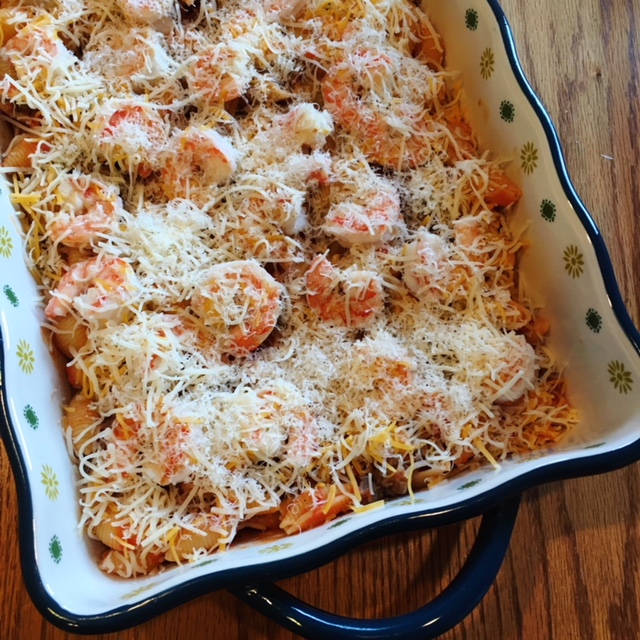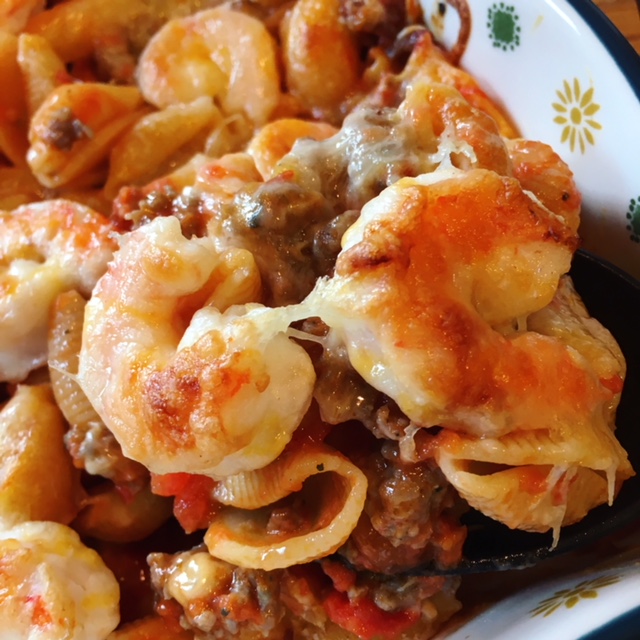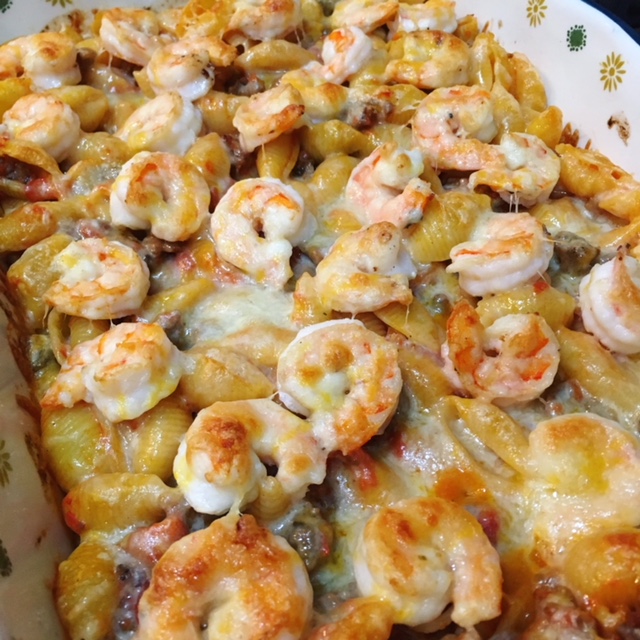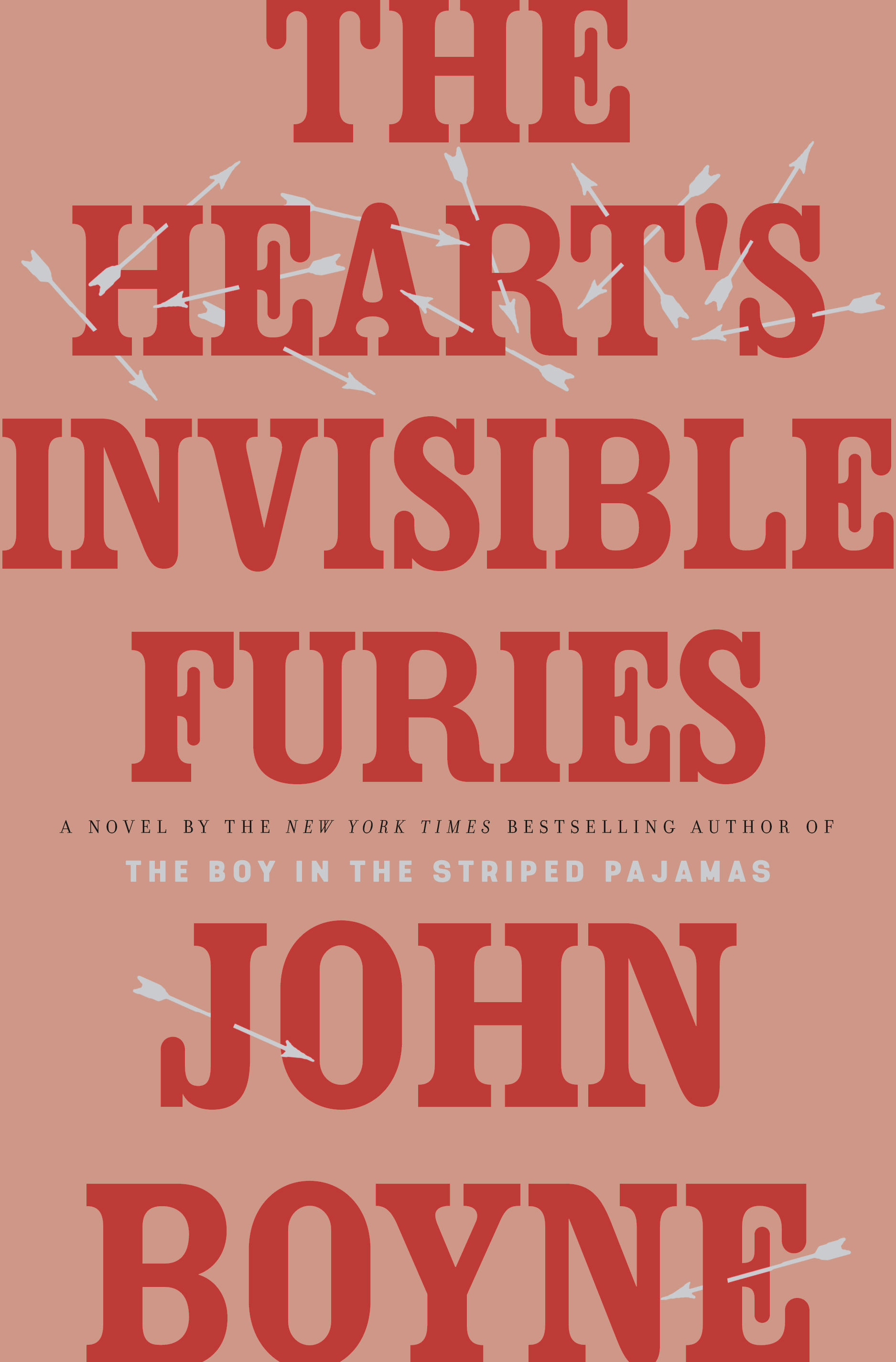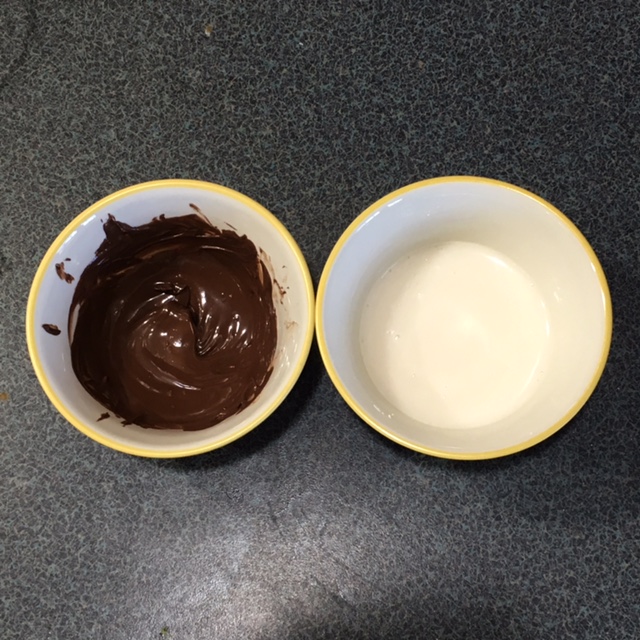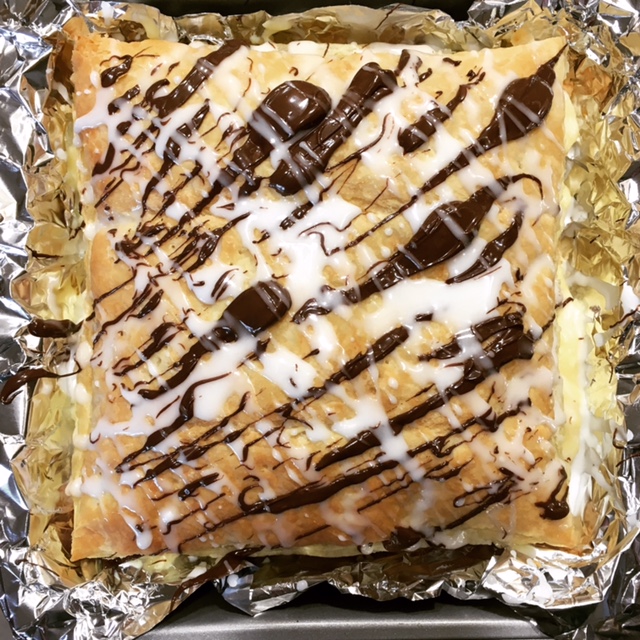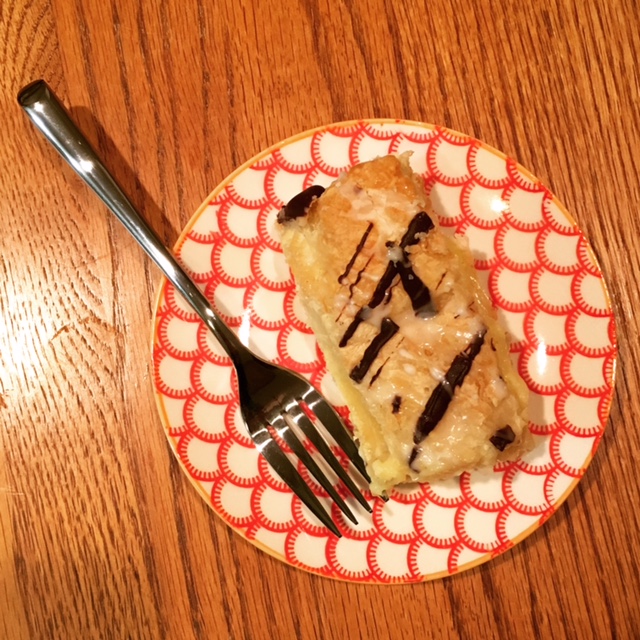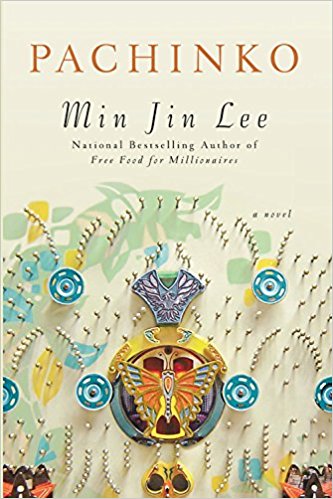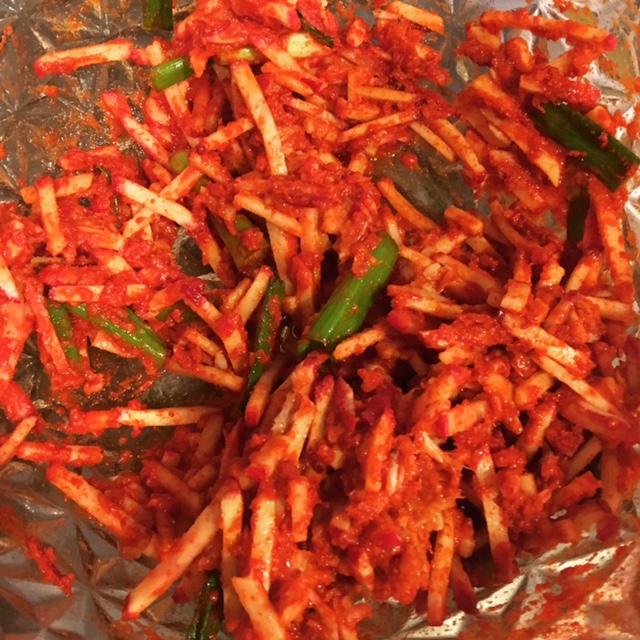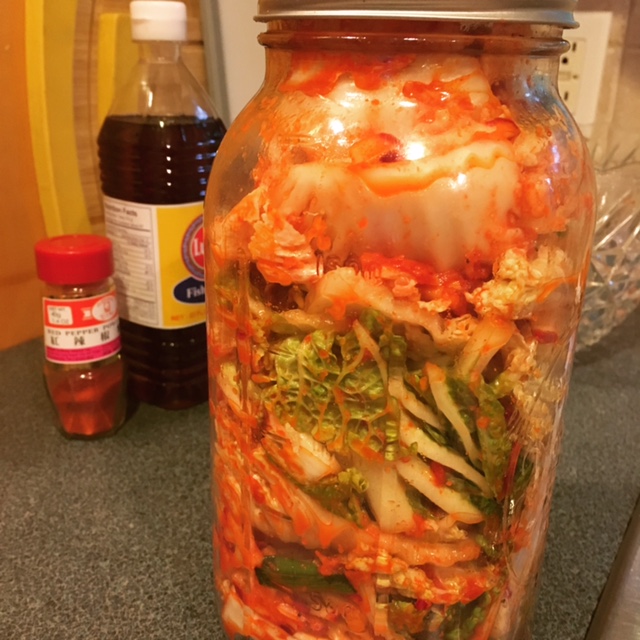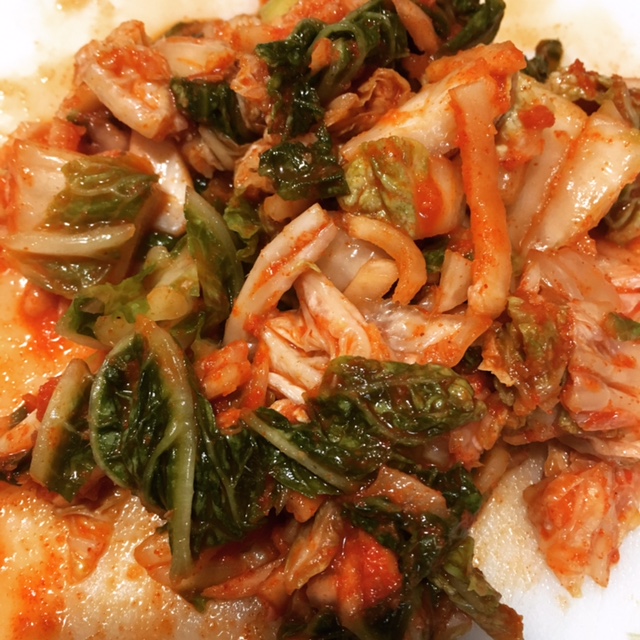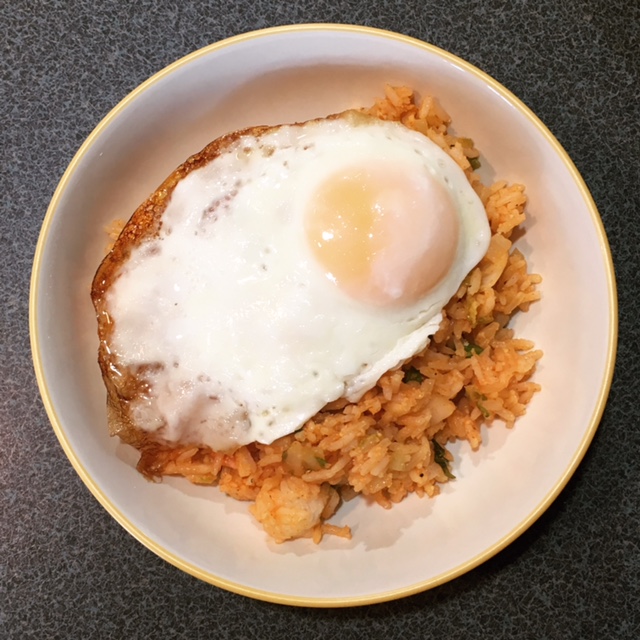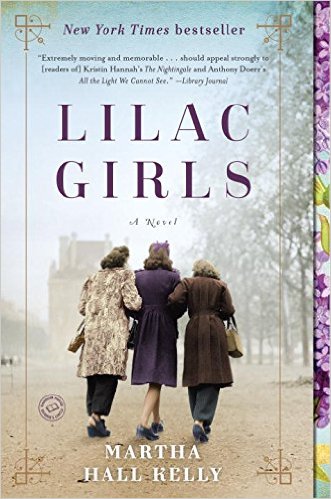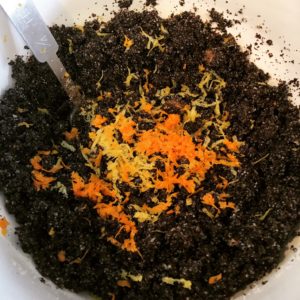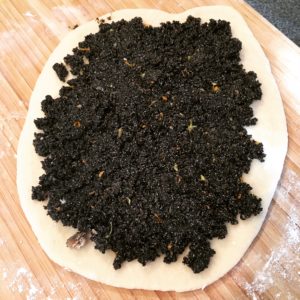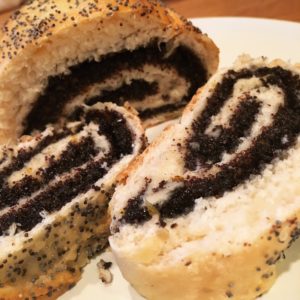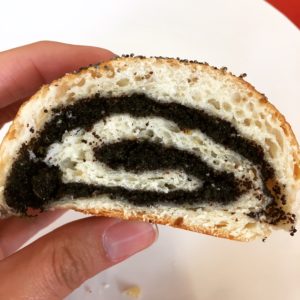Mira T. Lee’s debut novel, Everything Here Is Beautiful, is a tough book to discuss—though we attempted to do just that for my last book club meeting. It was suggested by one of our members last year, shortly after it was released, and when it finally got chosen as our monthly pick, I was looking forward to reading it. It’s a story about sisters, about immigrants, about mental illness. It’s a raw and powerful debut that I can’t recommend enough.
The novel follows two Chinese-American sisters, Miranda the oldest and Lucia the youngest, in the years after their mother dies from cancer. Lucia is adventurous and full of life, and when it’s determined that she has schizoaffective disorder, Miranda does everything in her power to keep Lucia grounded and get her the help she needs.
